Floating Bedroom Design
A new twist on a basic design idea, floating beds are an eye catching focal point. Most often associated with modern interior design, they can be a fresh addition to your home, no matter what your style.
 View in gallery
View in gallery These beds take advantage of a platform-type bed, most often with added underlighting, to make it seem as if the bed is floating. The means of support are not readily visible.
 View in gallery
View in gallery While most beds consist of a mattress and a box spring set on a frame of some type, the platform bed uses a sturdier frame and eliminates the need for the box spring. The origin of the platform bed is hard to pinpoint. From the earliest days of man, people starting looking for ways to put distance between themselves and the cold, hard ground when they slept. The first known descriptions of platform bed construction were found in ancient Egypt, according to Wikipedia. Over time the concept evolved over time, until the modern box-spring was invented in the 1860s.
 View in gallery
View in gallery  View in gallery
View in gallery Regular platform beds have always been available, but their popularity surged in the 1970's. While this might be tied to increasing acceptance of modern interior design, it's also the period when water beds became popular in the United States. These beds use a water-filled liner as the mattress, which is nestled inside a wooden frame – a riff on the platform.
 View in gallery
View in gallery  View in gallery
View in gallery  View in gallery
View in gallery  View in gallery
View in gallery  View in gallery
View in gallery 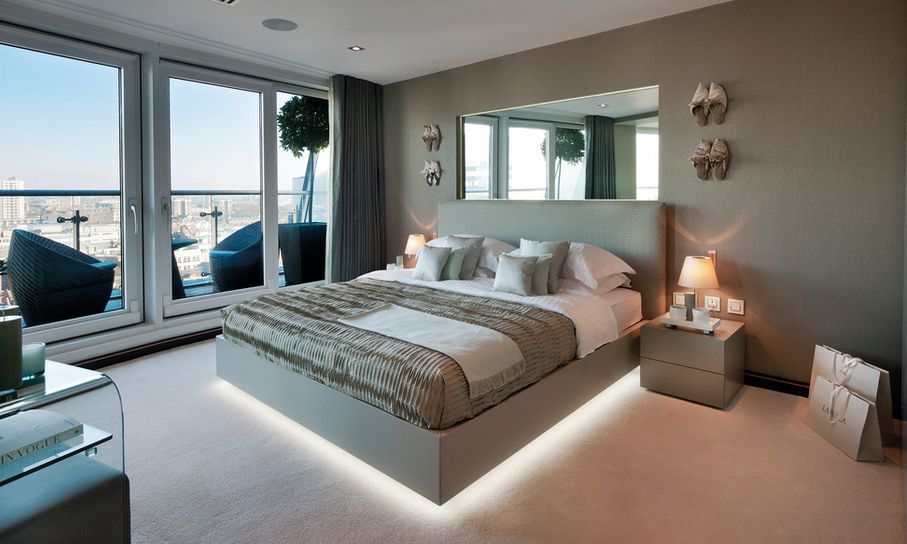 View in gallery
View in gallery Fast forward to 2015 and designers have made creative use of advances in LED lighting to revamp the platform bed and really make it seem to float. While interior designers could always have used underlighting, rope lights and today's small, cool LED bulbs made it easier to create innovative designs. Even DIY enthusiasts can build a floating bed.
 View in gallery
View in gallery 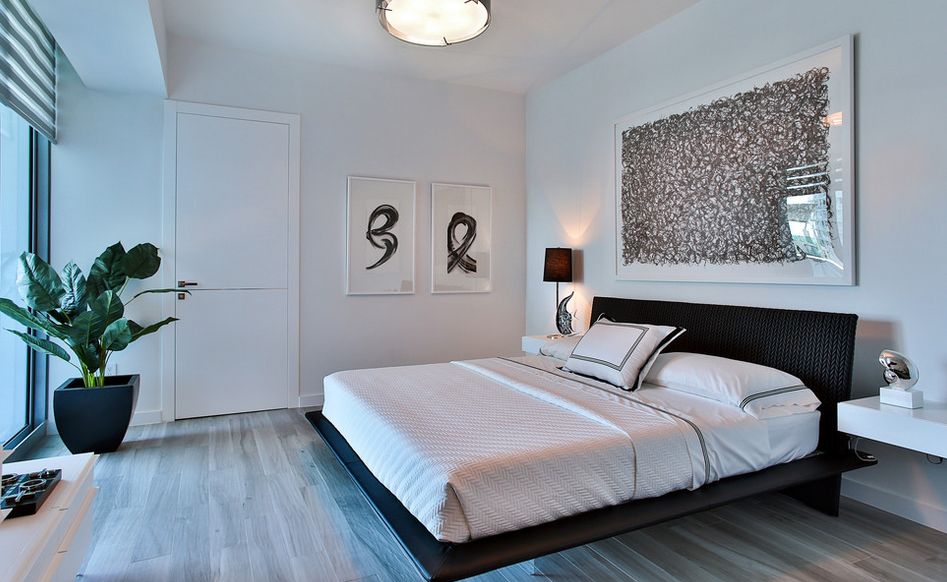 View in gallery
View in gallery  View in gallery
View in gallery Designers achieve the illusion of floating with a variety of methods. Some floating bed platforms are anchored to the wall and held up with a single support leg. Other types rest on a smaller box platform that is not readily visible when looking at the bed from around the room. Still others use Lucite legs that are set back from the corners to add to the illusion of floating.
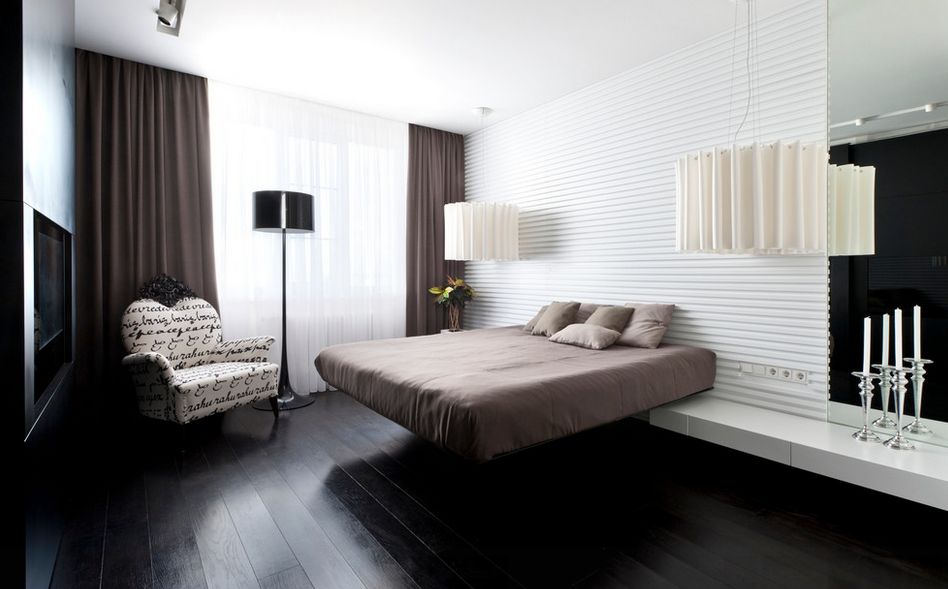 View in gallery
View in gallery  View in gallery
View in gallery While a floating bed is indeed part of many minimalist and modern bedrooms designs, it can be the focal point of any interior design style. As with any piece of furniture, the material you choose for the platform and the headboard dictate the design style. Natural or rustic-looking wood frames and headboards can make a floating bed fitting for a more traditional bedroom. If you have a more modern style bedroom, choose sleek, polished surfaces like lacquer or laminate. For a more feminine look, upholstered headboards and platforms can soften the design. Want a more masculine look? Incorporating leather in the platform or headboard can amp up the look of the bed.
A floating bed is a focal point for the bedroom, and its advantages bed are much the same as a basic platform bed.
Support and stability
Most bed frames holding up your box spring and mattress are metal, with four to six legs, and a few cross bars for support. Because there is no box spring to support the mattress, a platform bed must have more cross supports, or even full panel support, making it studier. If you toss and turn at night, a platform bed is more stable and is less disturbing to your sleeping partner.
Styling
The lower profile of a platform or floating bed can really open up a space, especially if a bedroom is small. Choosing a style that lacks posts and even a headboard can save space and make for a cleaner design. More traditional looks can incorporate upholstery or mission-style frames and headboards.
Cost savings
Thanks to the platform style, floating beds eliminate the expense of a box spring. If you're on a budget, you can get a new look at less cost. Or, the savings can go toward investing in a higher quality, new technology mattress, or a fancier platform style.
If you're thinking of doing a bedroom refresh, switching out your current bed for a floating bed design is an easy way to update your bedroom.
 View in gallery
View in gallery  View in gallery
View in gallery 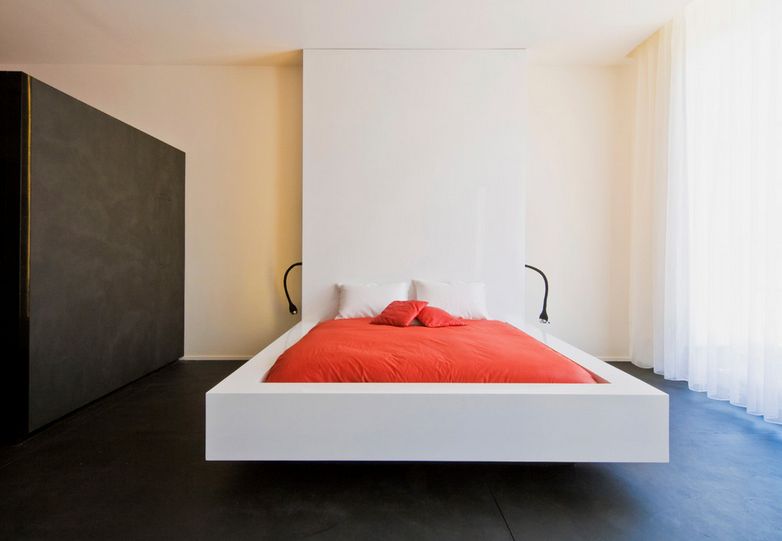 View in gallery
View in gallery  View in gallery
View in gallery  View in gallery
View in gallery  View in gallery
View in gallery  View in gallery
View in gallery 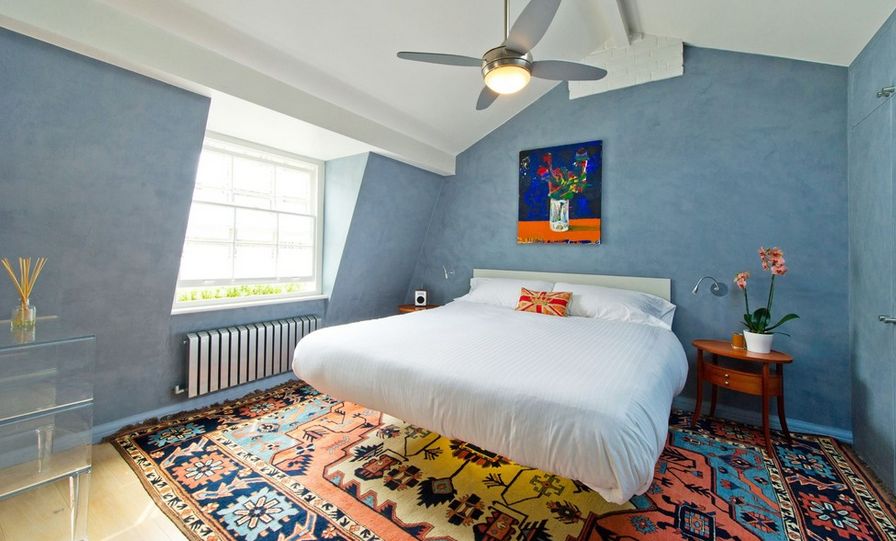 View in gallery
View in gallery  View in gallery
View in gallery  View in gallery
View in gallery  View in gallery
View in gallery  View in gallery
View in gallery 
 View in gallery
View in gallery  View in gallery
View in gallery 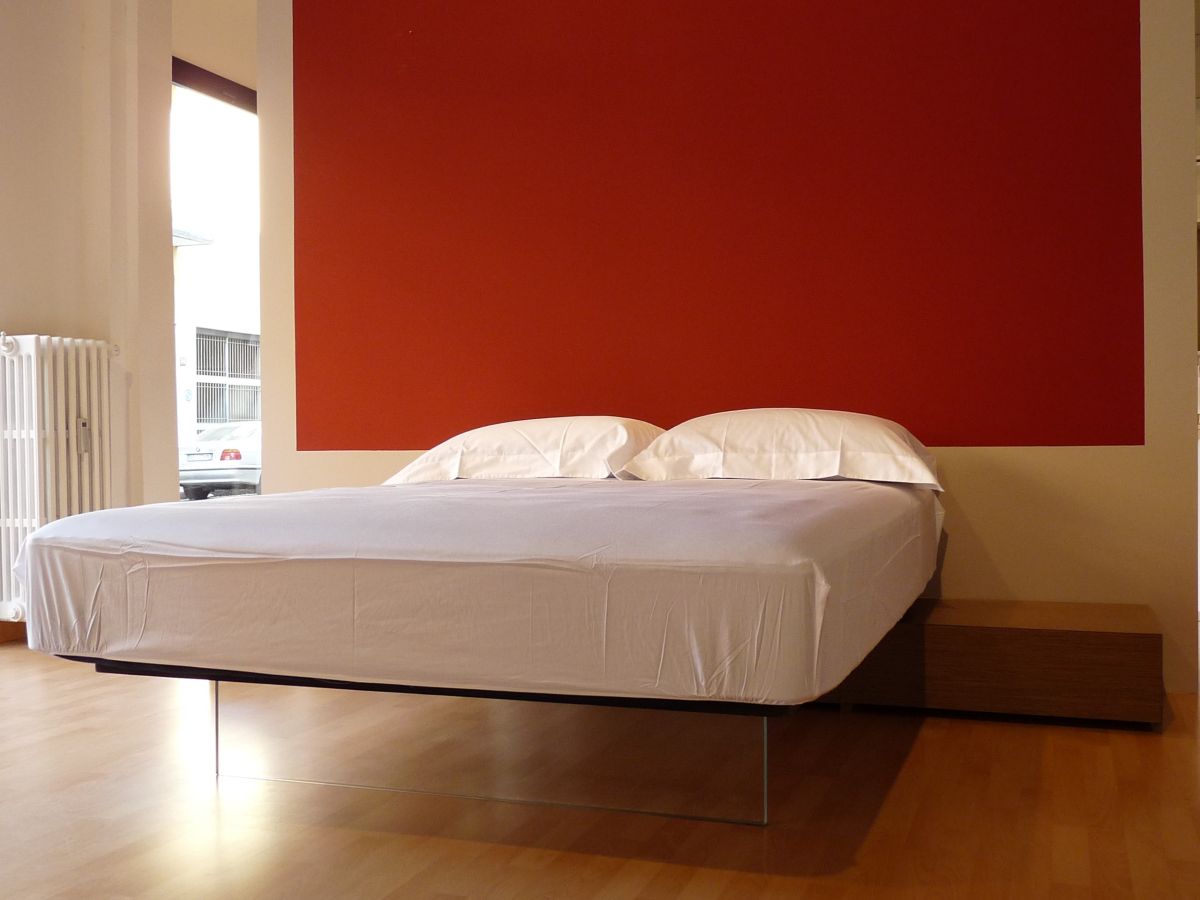 View in gallery
View in gallery  View in gallery
View in gallery 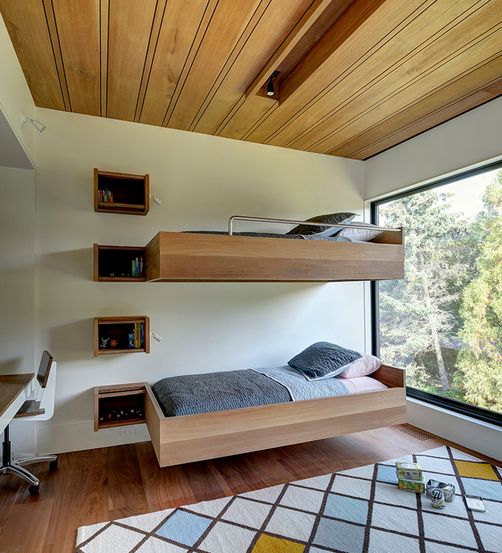 View in gallery
View in gallery  View in gallery
View in gallery Picture sources: 1, 2, 3, 4, 5, 6, 7, 8, 9, 10, 11, 12, 13, 14, 15, 16, 17, 18, 19, 20, 21 and 22.
Source: https://www.homedit.com/floating-beds-for-every-home-design-style/


0 Komentar